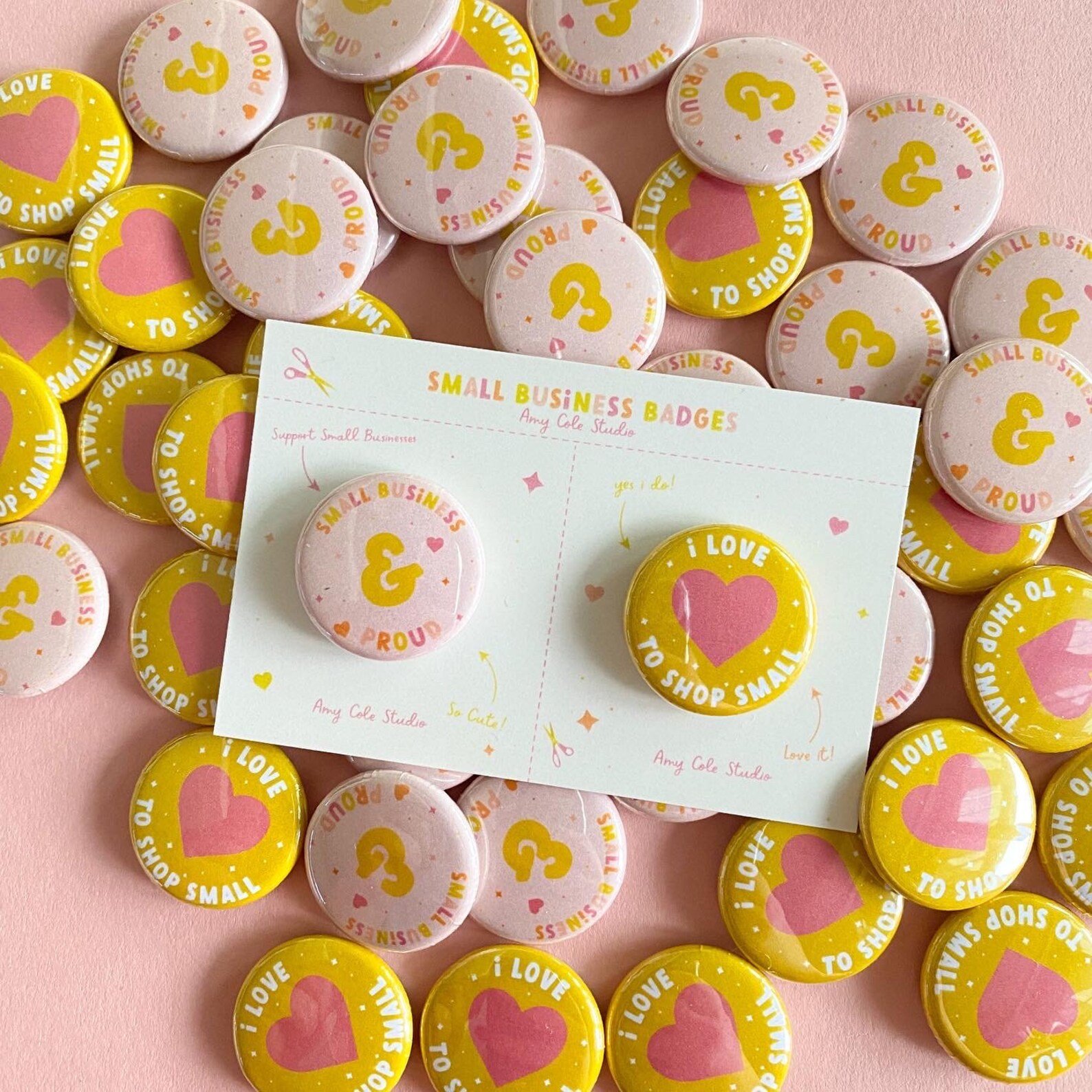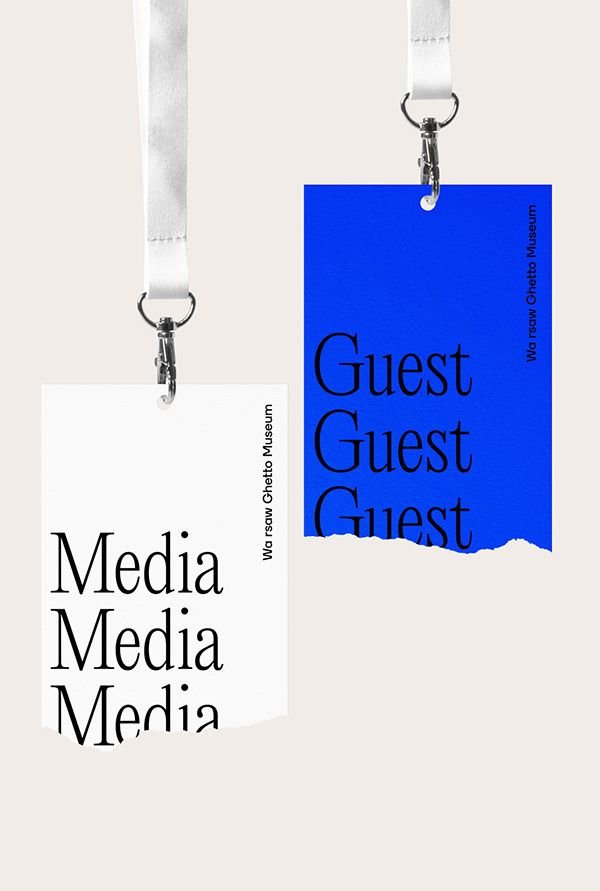If you run historic daytime tours, you’re probably well-versed in your area’s heritage. There is a lot of effort and storytelling involved in this activity. Additionally, you will need the relevant permissions and bookings to carry out your tours without any hitches—along with taking into account the transportation and refreshment costs you will have as well. Ensuring that you have everything prepared for your tours well in advance will set you up for success.
To increase your reach, first, you will want to set up a website and list your historic daytime tours there. Once you have everything organized, you can move on to marketing. If you don’t promote your tours, well, they won’t be successful. So, in this article, we have prepared a few tips to help you along:
No. 1
Make attractive posters
Historic daytime tours involve many sightseeing opportunities. So, you must visualize the environment you want to showcase to your audience. Make posters that showcase the attractions you will visit on these tours. Select attractive pictures, and use them to make travel posters. The templates on PosterMyWall will help you get the layout right, making things easier for you.
Share these posters on your social media platforms, and print copies that you can post and pass around to prospective customers. Put these printed copies up around town, especially in places people frequent. Try to put these up near local schools and community centers as well.
No. 2
Share highlight videos
To market your historic daytime tours, visuals are important. People will want to see what they can expect before booking their sightseeing tours with you. So, make a few highlight videos of your tours. Make one for each tour you offer, and give some historical context as well.
Additionally, in an informative way, you will need to communicate that you will visit the same sites that are featured on your tours. Share these videos on your social media platforms such as Instagram Reels and TikTok. To increase your reach, you may also want to put them up on your YouTube channel as well.
No. 3
Inform your audience
Historical tours include a lot of sharing of information and opportunities to educate your audience. So, why not include a bit of that in your marketing as well? When you contextualize your day tours with interesting stories and lore, more people will want to visit. You can also find out if the sites you’re visiting have been mentioned in any popular legends or fiction.
For example, Hever Castle in Edenbridge, UK, was the childhood home of Anne Boleyn. While people may not know the complete factual history of her, the scandals and stories surrounding her ill-fated marriage with Henry VIII are popular all over the world. Thus, it is a popular tourist area. So, contextualize your day tour stops with interesting tidbits of history and lore.
No. 4
Work with local influencers
Work with local influencers to promote your historic daytime tours. Have a special influencer event where you take a few of them to several selected destinations. Have them publish videos where they talk about their experiences on these tours with their audiences.
In doing so, this will help you access a wider audience while showcasing the services you offer. It will also spur potential customers’ interest, especially if the influencers express their excitement and positive feelings about your tours.
No. 5
Talk to local schools
Schools and community centers are a great opportunity to market your tours. So, arrange school visits and prepare a fun video about your daytime tours. Show these in an assembly to students, or talk to the school administration to arrange school trips.
This will allow you to reach high-volume bookings for your daytime tours and will also nurture a love for history in younger audiences. What could be better—reach out to parents as well, and let them know about the family-friendly tours you offer.
No. 6
Highlight other local attractions
When you market your daytime tours, avoid talking only about what people will see on your tours—also inform them about surrounding attractions such as shops, museums, or other popular locations. This will attract them to the area, and make it more likely that they’ll book a tour with you.
If you market the area right, they may even opt for multiple tours. So, talk about the area you operate in, its historical significance, and what it has to offer for visitors in addition to what you will be showcasing. Include images and recommendations for dining, accommodations, and visits, and take the guesswork out of what to do in the area.
No. 7
Share testimonials
Whenever you conduct a tour, also ensure that you get customer reviews. If people are willing, make short videos where they talk about their experience with you. Then, share these testimonials online, on social media and other platforms.
Encourage people to rate you well on tourism websites like TripAdvisor. Share these ratings and reviews on your social media. These testimonials are a useful resource that will help people browsing through these websites find you and consider your tours.
Takeaways
There are many ways you can promote your historic daytime tours. First and foremost, ensure that you are knowledgeable about the areas that you are promoting, and tailor memorable experiences for your visitors. By following a winning formula that will attract customers, you can rest assured that your business will flourish.










